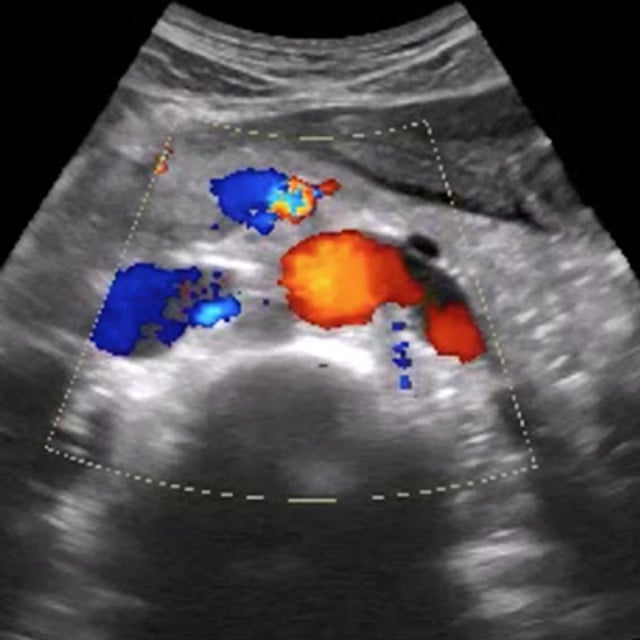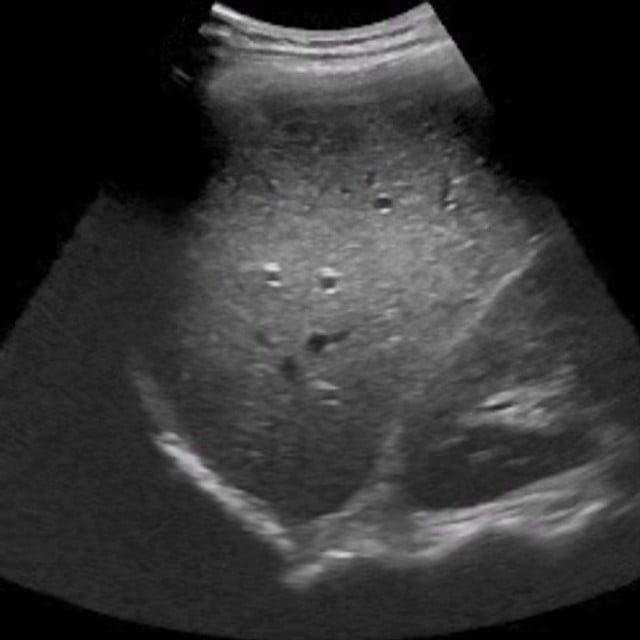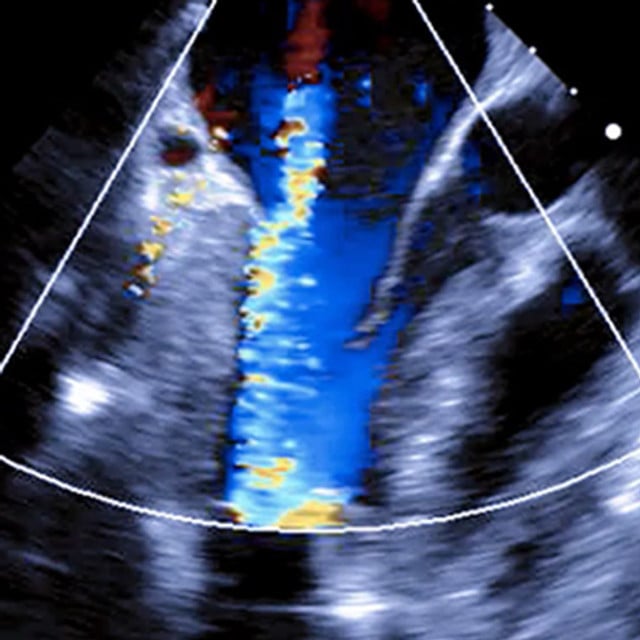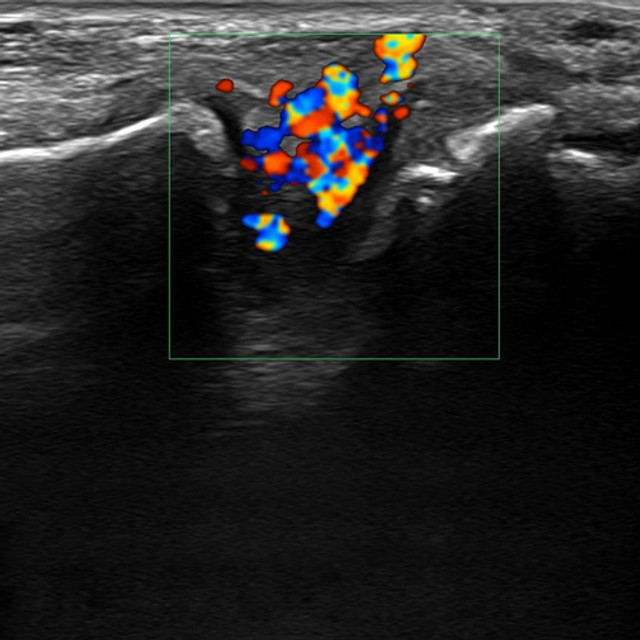SonoSim Ultrasound Training
The Easiest Way To Learn & Teach Ultrasound®
An Ecosystem of Ultrasound Training & Learning Resources
Proven1 Ultrasound Training Developed by Ultrasound Educators
SonoSim’s ultrasound training offers comprehensive education across a wide variety of medical specialties. Our patented ultrasound training platform covers a wide range of educational & clinical applications, including abdominal, OB/GYN, pulmonary, vascular, cardiac, MSK, and ultrasound-guided procedures. With interactive courses, advanced simulation technology, and real-life case studies, SonoSim provides an immersive ultrasound learning experience to enhance your existing ultrasound skills, add additional ones, and bolster your diagnostic expertise.
From novices to experts, our content empowers healthcare professionals with the knowledge and practical skills necessary for accurate image interpretation, pathology identification, and informed clinical decision-making.
Each topic includes a course, scanning cases, knowledge checks, and a Mastery Exam. Learners collect certificates, create ultrasound image portfolios and can claim CME* if desired.

- Interactive, online courses including ultrasound videos
- Relevant scanning cases from real patients, accessible in the SonoSimulator
- Image acquisition & interpretation guidance, feedback, and ultrasound image portfolios
- Automatically graded knowledge checks & A Mastery Test
- Certificates & CME (if relevant)

POCUS Training for Programs, Institutions, & Practitioners
Hit Training Milestones & Standards
Our ecosystem of ultrasound training and assessment resources helps POCUS program leaders ensure providers meet existing and future POCUS ultrasound training standards. SonoSim’s ecosystem delivers each of the consensus-based knowledge elements required for achieving ultrasound competency on an application-specific basis.1
SonoSim realizes there is no substitute for bedside clinical practice & live instruction. We have created an ecosystem to supplement and support bedside clinical practice. Learners and program administrators that combine bedside clinical practice with the SonoSim ecosystem achieve the best learning outcomes. We help educators overcome the traditional barriers to ultrasound training and help learners gain the ultrasound skills needed to improve patient care. SonoSim organizes and delivers ultrasound training to deliver the following elements that have been associated with developing ultrasound competency across its training resources:
Ultrasound Competency Elements
- Indication for the examination
- Applied knowledge of ultrasound equipment
- Image optimization
- Systematic examination
- Interpretation of images
- Documentation of examination
- Medical decision-making

Ultrasound Training for DMS Programs
Aligned to AIUM Parameters & CAAHEP Standards
Adopted by 220+ Diagnostic Medical Sonography (DMS) programs, SonoSim transforms ordinary laptops into dynamic ultrasound training platforms. By complementing bedside clinical practice and live or remote ultrasound instruction provided by DMS programs, we help you help your learners develop ultrasound competency. Our DMS training content adheres to accreditation requirements published by the Commission on Accreditation of Allied Health Education Programs (CAAHEP), and consensus-based guidelines generated by the American Institute of Ultrasound in Medicine (AIUM).
The SonoSim Ecosystem of ultrasound training includes 85+ peer-reviewed ultrasound training topics that are tailored to develop ultrasound knowledge. Ultrasound image acquisition, interpretation, access to thousands of real pathologic cases, and adherence to DMS imaging protocols are taught using the patented laptop-based SonoSimulator®. Study tools, like SPI Test Prep, ensure your students are optimally prepared for Board certification exams, while SonoSim’s QuestionBank allows them to engage in interactive case-based ultrasound learning. In addition, our performance tracking dashboard, automated ultrasound image review and feedback application, and curriculum integration tools simplify the process of integrating SonoSim into your curriculum.
SonoSim ultrasound training topics cover the DMS General Education Curriculum, including SPI Test Preparation, as well as the following concentrations:

- Abdomen
- OB/GYN
- Vascular
- Adult Cardiac
- Breast
- Musculoskeletal
-
Anatomy & Physiology
-
Core Clinical
-
Advanced Clinical
-
U/S-Guided Procedures

Anatomy & Physiology Ultrasound Training
Our A&P ultrasound training provides a strong foundation of ultrasound knowledge, specific to anatomical regions, organs, and structures. Our expert-led ultrasound courses cover everything from regional anatomy & physiology to sonographic anatomy, scanning technique, and imaging tips & pitfalls. Relevant scanning cases from real patients are accessible in the SonoSimulator for each topic.

Core Clinical Ultrasound Training
Our clinical ultrasound training topics provide in-depth comprehension of the necessary components to accurately assess and diagnose using ultrasound. We cover exam indications, regional anatomy, sonographic anatomy, and sonographic technique. Our ultrasound courses use pathologic case studies and imaging tips & pitfalls to give you an in-depth understanding of how diseases present in ultrasound imaging. Associated scanning cases from real patients are included and accessible in the SonoSimulator. This topic category supports both diagnostic medical sonography (DMS) learners as well as medical practitioners looking for point-of-care ultrasound (POCUS) training.

Advanced Clinical Ultrasound Training
Our advanced clinical ultrasound topics cover complex diagnoses and sonographic applications. This is an ever-expanding list of topics with a focus on specific pathologic conditions, providing learners a deep understanding of ultrasound techniques for assessing a variety of complex medical conditions. Each topic is accompanied with 10-20 scanning cases from real patients, that are accessed in the SonoSimulator.

Ultrasound-Guided Procedure Training
Ultrasound-guided procedures are increasingly used to minimize complications and improve patient care. SonoSim ultrasound procedure training covers patient positioning, procedural steps, imaging adjuncts, potential complications, and more. Scanning cases from real patients are also provided with these topics, to support unlimited practice of the cognitive tasks required to perform ultrasound-guided procedures. Practice as much as you like, risk-free - anytime, anywhere.
SonoSim Ultrasound Training
SonoSim helps educators develop competency in students & learners, and supports healthcare providers in developing ultrasound expertise. Explore how easy & efficient ultrasound training can be with SonoSim.
SonoSim cloud-based, multimedia, didactic courses are created by leading ultrasound experts and are internet accessible immediately after purchase, on any device. There are knowledge checks with real-time feedback throughout each course, as well as a Mastery Test that is automatically graded.
The SonoSimulator® helps develop and maintain the critical visuomotor and visuospatial skills that are central to image acquisition and interpretation with real patient imagery, expert tutorials on-demand, and real-time feedback on success.
SonoSim offers a series of Anatomy & Physiology ultrasound training modules that provide a solid foundation of organ-based ultrasound knowledge. Relevant regional and organ-specific anatomy and physiology is presented and corresponding sonographic anatomy is taught in each course. Each SonoSim Anatomy & Physiology topic comes with an interactive, multimedia online course including ultrasound videos, knowledge checks and a Mastery Test, as well as a series of normal anatomy scanning cases from real patients to scan in the SonoSimulator®. The Anatomy & Physiology series is designed for learners seeking to create a solid foundation of organ-specific ultrasound knowledge that can be supplemented with future training.
This Clinical Series is excellent for providing DMS learners with access to learn on real pathologic cases. It also covers all the recommended "Core Ultrasound Applications" recommended for POCUS practitioners by professional medical societies.
SonoSim offers an expansive library of clinical ultrasound topics to choose from. This content is geared toward intermediate learners who already have a strong understanding of sonographic anatomy in a particular region. Each SonoSim Clinical Ultrasound topic comes with an interactive, multimedia online course including ultrasound videos, knowledge checks and a Mastery Test, as well as a series of normal & pathologic scanning cases from real patients to scan in the SonoSimulator. In addition, each topic comes with CME*. This content is geared toward those looking to add an area of core clinical competency to their ultrasound skills.
SonoSim offers an expansive library of advanced clinical ultrasound topics to choose from. This content is geared toward clinicians looking to advance their skills in a particular clinical application. These topics are well-suited for those who already have a strong understanding of sonography. Each SonoSim Advanced Clinical Ultrasound topic comes with an interactive, multimedia online course including ultrasound videos, knowledge checks and a Mastery Test, as well as a series of normal & pathologic scanning cases from real patients to scan in the SonoSimulator. In addition, each topic comes with CME*. This content is geared toward those looking to expand the depth and breadth of their clinical ultrasound competency.
SonoSim offers an extensive selection of ultrasound-guided procedure training options. This content is geared toward clinicians looking to advance their skills in specific needle-based procedures. Each SonoSim Ultrasound-Guided Procedure topic comes with an interactive, multimedia online course including ultrasound videos, knowledge checks and a Mastery Test, as well as scanning cases of real patient anatomy to practice on in the SonoSimulator. The SonoSimulator helps develop image acquisition & interpretation, and needle visualization for both in- and out-of-plane guidance, and real-time guidance with feedback.
SonoSim's proprietary platform seamlessly combines real patient anatomy with interactive simulation, allowing you to immerse yourself in the world of ultrasound anatomy and uncover the intricacies of imaging artifacts. Discover the art of applying Doppler techniques when appropriate, as you navigate through our comprehensive ultrasound-guided procedure training. A standout feature of SonoSim's training is the integration of expert-trained artificial intelligence (AI) that provides instant feedback on needle trajectory and procedural success. Enhancing your learning experience further, our informative video tutorials serve as an on-demand virtual coach, acting as a personal guide every step of the way.
In addition, each topic comes with CME*. This content is geared toward those looking to increase safety and effectiveness of common needle-based procedures that benefit from ultrasound guidance.

Contact Us
The SonoSim Wave
An Ultrasound Insights Newsletter
Get the latest trends in ultrasound training, education, & applications delivered to your inbox.























